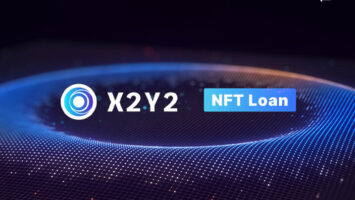SNEAK PEEK
- Bitcoin Ordinals Revolutionize Choices Between On-Chain and Off-Chain Solutions
- Bitcoin Ordinals Spark New Dialogue in Web3 Community
- Navigating the Maze of NFT Storage
In the evolving landscape of digital assets, the debate over the optimal storage method for nonfungible tokens (NFTs) has taken a new turn with the introduction of Bitcoin Ordinals. Experts in the Web3 sector are now guiding creators through the maze of choices between on-chain and off-chain storage for their NFTs.
Witek Radomski, co-founder and chief technology officer of Atlas Development, emphasizes the significance of making informed decisions based on the nature of the NFT. Radomski suggests off-chain storage as a cost-effective solution for substantial data handling, likening on-chain storage to a “permanent, tamper-proof vault.” He further highlights the potential of hybrid options like Filecoin and the InterPlanetary File System (IPFS), offering a decentralized yet affordable alternative.
The conversation around NFT storage gained urgency following the FTX bankruptcy saga, where off-chain stored NFTs exhibited vulnerabilities, displaying blank images instead of original artworks. Jana Bertram, head of strategy at Rari Foundation, points out that off-chain storage, dependent on network and storage layer accessibility, exposes NFTs to more security risks, questioning their permanence.
The introduction of Bitcoin Ordinals has sparked a new dialogue in the community. While these on-chain stored NFTs enjoy the benefits of permanence and security, concerns about their impact on the Bitcoin network’s efficiency have been raised. This development has led to reevaluating the suitability of different blockchain networks for NFT storage.
Bertram suggests a purpose-driven approach to this dilemma. She argues that the intended use of an NFT should dictate its storage location. For example, NFTs representing significant assets like house titles may require the security of on-chain storage, whereas less critical applications like brand loyalty programs could suffice with off-chain solutions.
The shifting dynamics in NFT storage underscore the importance of balancing security and scalability. As the industry continues to evolve, creators and developers are encouraged to carefully assess the specific needs of their NFTs to determine the most appropriate storage solution. This careful evaluation ensures the longevity, accessibility, and security of digital assets in the rapidly changing world of Web3 technology.









